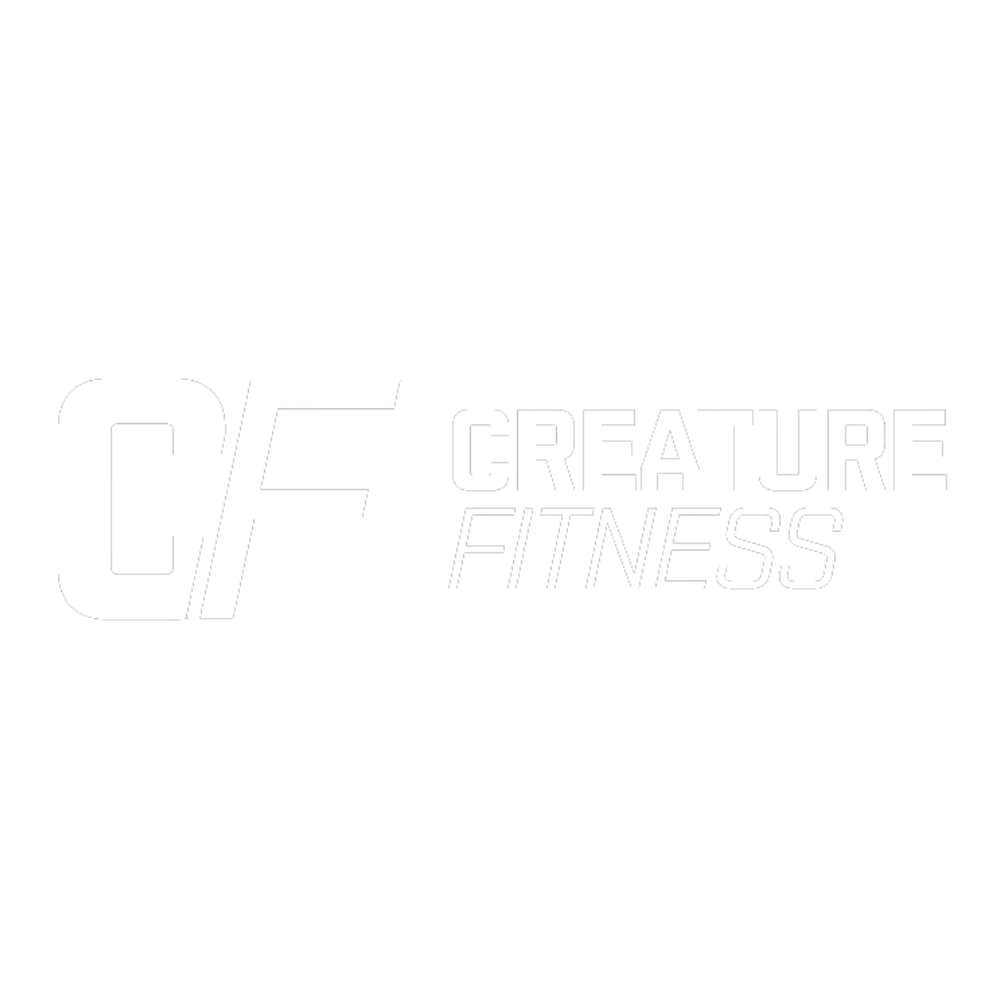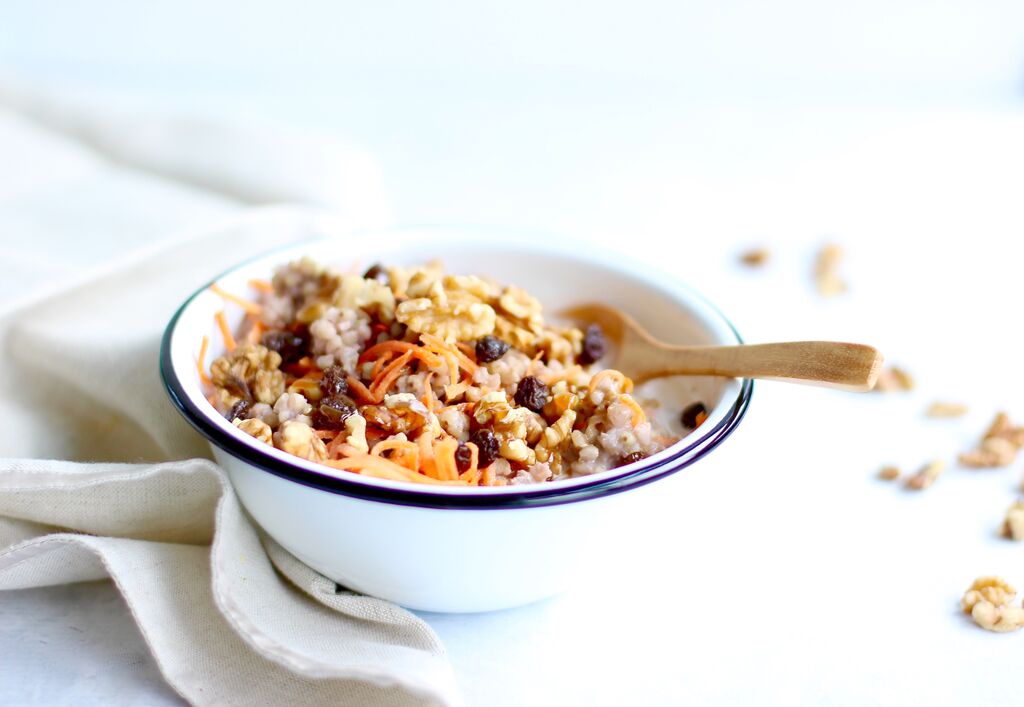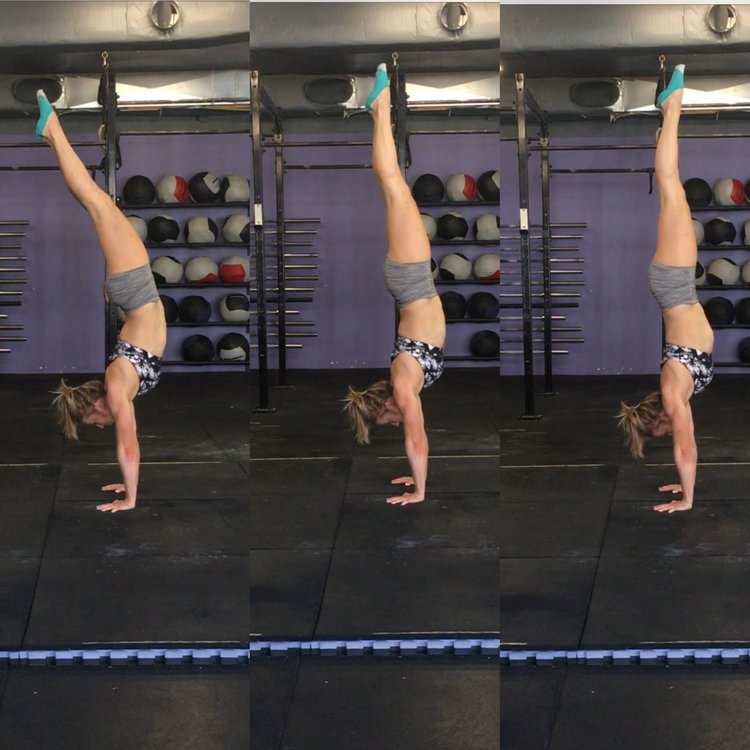3 Most FAQ about improving flexibility
Before I answer these questions I think it's important to recognise that when people say they want to improve flexibility what they mean is, they want to improve "Active Flexibility" or "Mobility".
Here is an example of the difference between Flexibility and Mobility for an overhead position.
Flexibility - using force to put your arms in an overhead positio
Image below
Mobility - ability to place your arms overhead and hold the positio see image below
Therefore flexibility and mobility is useful when you can tick these boxes:
- You can move your joint through a range of motion (ROM)
- You can control that range of motion (ROM)
Back to the most FAQ about Improving Flexibility
1. How do I improve my flexibility? Improving flexibility/mobility takes time and effort.
Dedicate time every day.
Choose stretches wisely, before training or after training, see below.
2. What are the best stretches before training? The best stretches before training are "flows," we often do in warm-ups before training. Hip or shoulder flows, spiderman lunges, cossacks etc. Think of stretch-type movements where you are moving or flowing through positions.
Watch video Shoulder Flow 3 minutes
3. What are the best stretches for after class? Long holds in stretches followed by active holds. You need to hold stretches for long periods, ideally, 2min + without coming out of the stretch, followed by some isometric holds to help retain the new ROM.
Watch video Lazy Cat stretch 2 minutes
Watch video Down facing lift off isometric hold 3 x 10-15 sec hold/side
START HERE
For the next week dedicate 7 min every day to improving mobility by following these steps:
1. Choose one joint or body part that you feel you want to work on for week.
2. Dedicate three minutes of flow movement before class e.g. Shoulder Flow. Set the clock and move for 3 min straight.
3. Dedicate five minutes post-training to work on your joint you want to improve. Hold the stretch for two min + followed by an active hold.
Not sure where to start, follow the videos above.
I'd love to hear how you go with this. If you have any questions or topic suggestions email me on: kat@creaturefitness.com.au






